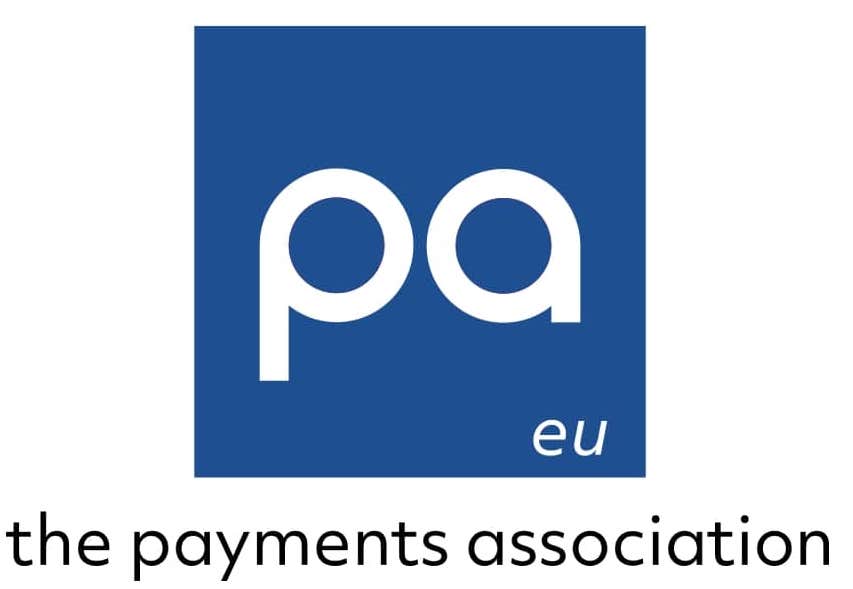The use of cryptocurrencies, stablecoins and biometrics may solve some of the barriers to quick and safe cross-border payments.
According to a
recent survey conducted by The Payments Association, while cross-border payments continue to increase, there is a significant rise in retail B2B payments. Similarly, EY found that B2B transactions make up the largest share of cross-border payments
in a 2021 published report.However, some companies have experienced market entry barriers due to national controls and unharmonised practices that cause difficulties and create potentially uneven playing fields between domestic and foreign players.
Although the G20 is looking into this, Ali Nalbant, co-founder and CEO of Arf, believes the slow speed of cross-border payments has led to a surge in demand for stablecoin settlements between trusted parties working on stablecoin treasury management solutions across different continents to achieve real-time fund settlements on the blockchain. Nalbant points out that algorithmic stablecoins are fast becoming a correspondent alternative to bank settlements.
“You can expect an increase in the demand for private networks for settlements as part of a global treasury management between licensed money institutions from all around the world,” says Nalbant, who was speaking at a
webinar held by The Payments Association on the evolution of cross-border payments.
Nalbant believes the involvement of some central banks in creating their digital currencies will give rise to different stablecoin projects, adding that there will be more financial institutions issuing stablecoins soon.

Interoperability is essential
The private sector would also play a significant role in creating channels in the cross-border CBDC value chain. However, interoperability is critical and would need to work well, especially for customers who may want to swap between two central bank digital currencies (CBDCs), or those wanting to switch from a CBDC to a fiat currency. For example, a person holding a fiat currency might not have a CBDC in their country or might not want to have a digital currency payment.
Saskia Devolder, strategic programme director for cross-border payments at SWIFT, says that interoperability is an area that SWIFT is working on with some industry experts, both in the private and public sectors.
Nevertheless, Colin Digby, global head of strategic client coverage at Crown Agents Bank, believes companies and individuals, especially in the Pan-African region, will gravitate more towards crypto assets, rather than their local fiat currency, because of currency depreciation issues.
Nalbant adds that as regulatory licensing improves and offers an easier route for customers and licensed businesses to facilitate cross-border transactions, it will allow crypto natives from the UK, Singapore, and their merchants to get paid in cryptocurrency.
However, Chryssi Chorafa, founder and CEO of Starlix, stresses that alternative payments like cryptocurrency must readjust within the regulatory framework of the current financial system and start adopting processes and procedures, especially under existing compliance requirements.
Tackling the rise of fraud
Although cryptocurrencies and fiat digital transactions grew during the Covid-19 pandemic, the amount of fraudulent activity also rose. A broader shift towards digital currencies will require more attention on financial crime.
Chorafa thinks that AI and machine learning will play a significant role in identity management and recognising fraudulent patterns as digitisation continues to increase.
Chorafa also alludes to the importance of biometrics in solving the identity issue and that APIs will make a big difference in the industry. She believes that through APIs, companies could securely share data between institutions, which may help with harmonisation among organisations operating on the same level playing field across different borders and territories, especially with open APIs. However, the changes do require regulators to enforce the deployment of cyber and cloud security architectures among industry players as a standard, according to Chorafa.
There is evidence that biometrics will be part of the solution.
Digby explains that identity would have posed a significant challenge to the growth of industries in areas like sub-Saharan Africa because not everyone has access to a mobile phone. However, biometric technology has been heavily deployed in solving such problems.
The recent developments in cross-border payments suggest that as the world’s payments habits evolve, there will be a general decline in the traditional use of cards, according to Digby. However, there might be a rise in an alternative way of deploying cards, he says, of which biometrics is one because some of the challenges facing the initiative are identity access and cost.
Industry participants mostly care about speed and safety of transactions, among other things, and cross-border payments are a crucial ingredient to fostering international and regional economic integration and a catalyst to easier foreign direct investments. In the coming year, there will be more solution-driven conversations around cross-border payments, looking at cryptocurrencies as a viable solution.
There is much to look forward to with biometric technology as an option to curb fraud and identity gaps in prospective markets. Public, and private institutions, including trade associations will continue to work assiduously to tackle the identified frictions that have continued to plague the cross-border payment industry and there is more to come.



